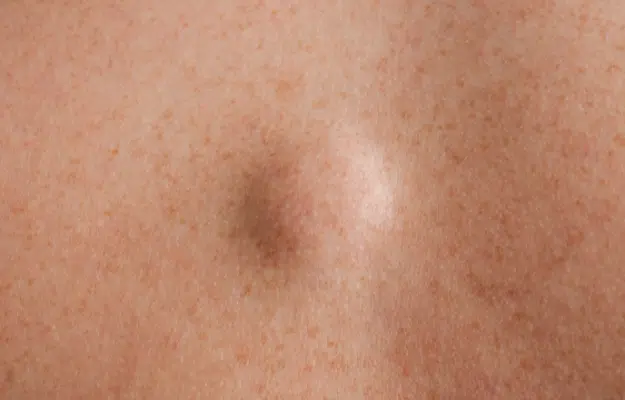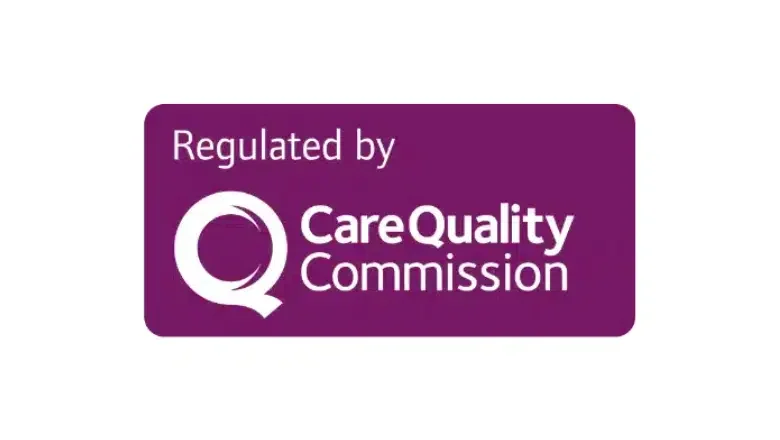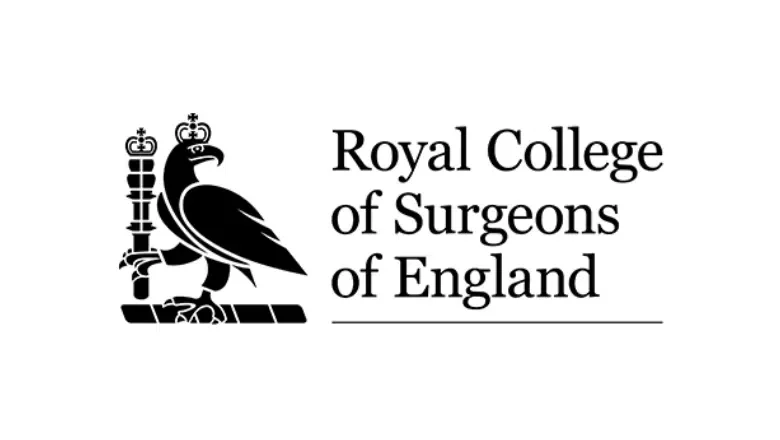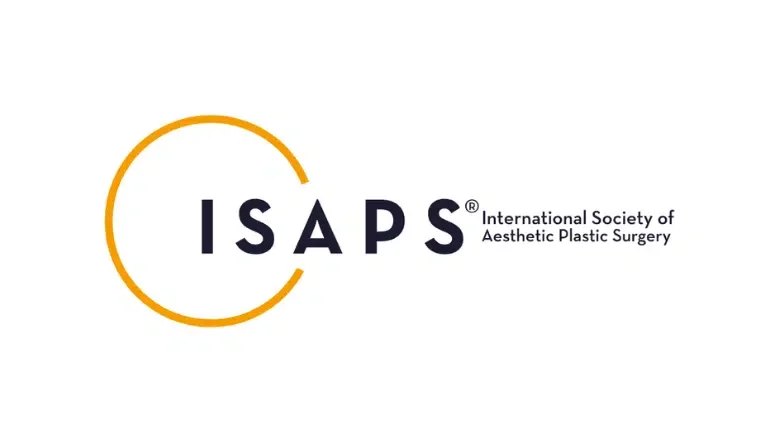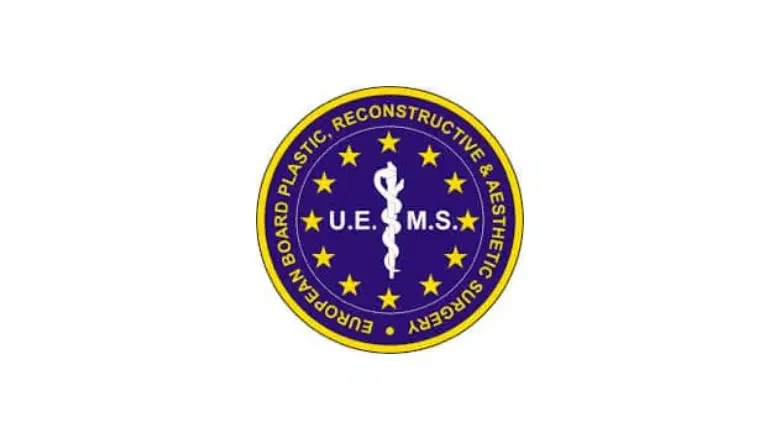Scars: An Integral, but Sometimes Troublesome, Part of Our Human Journey
Scars can hold a strange place in our hearts and minds. For some of us, they are the badges of honour, reminders of the adventures and experiences we’ve had, however painful they may have been. For others, scars are unwelcome mementos, a constant source of discomfort whenever our gaze falls upon them.
Whatever your relationship with your scars, it’s important to remember that we all bear them in some form or another. Be they large or small, visible or hidden, our scars are undeniably a part of us, imprinted marks of our life’s journey, representing the good, the bad, and everything in between. Despite this universal shared experience, there are times when many of us wish our scars could simply vanish, leaving our skin unblemished and our memories undisturbed.
If you are contemplating the possibility of lessening or removing a recent or longstanding scar that’s been causing you concern, you’re not alone. The expert plastic surgeons at Centre for Surgery are here to help, and we’ve gathered some helpful information and guidance to aid you in your journey towards understanding and potentially altering your relationship with your scars.
What are Scars?
Scars, in essence, are a testament to our body’s remarkable ability to heal itself. Whenever there’s an injury or damage to the skin or underlying tissue—be it from an accident, a surgical procedure, or a simple scrape or cut—our body responds by producing scar tissue to repair the damage.
From a biological perspective, scar formation involves a complex series of steps, beginning with inflammation and clotting to prevent further damage and blood loss. This is followed by the proliferation of new cells to replace damaged ones, and finally, the remodelling phase, where the scar tissue strengthens and matures over time.
What we see on the surface of our skin as a scar is essentially the end product of this healing process. The scar tissue, composed mainly of a protein called collagen, is usually tougher and less flexible than the surrounding skin, and it might look and feel different, too. The colour, texture, and appearance of a scar can vary widely depending on factors such as the severity and location of the injury, the age of the individual, their genetic factors, and the care taken during the healing process.
So when we talk about scars, we refer to the visible signs left on our skin after it has healed from an injury. These signs tell a story of recovery and resilience, serving as reminders of our body’s remarkable self-healing capability.
What are the Different Types of Scars?
Every individual heals uniquely, resulting in distinct scars that vary based on the injury it healed from and its location on the body. We can broadly categorise scars into two types: regular or typical scars, and unusual or problematic scars.
The appearance of typical scars can be different based on the body part it is on. Scars in areas that stretch or move a lot, like the back and shoulders, often spread out more during healing compared to scars in less mobile areas, like on the face and arms.
Problematic scars can be further divided into hypertrophic scars and keloid scars. Hypertrophic scars are confined to the area of the original injury. These scars occur when the body produces slightly more scar tissue than what is considered normal during healing.
Keloid scars, on the other hand, are similar to hypertrophic scars but with an overproduction of scar tissue. This excessive formation of scar tissue can extend beyond the initial area of injury, resulting in a scar that is often larger or raised.
How Long Does Scar Healing Take?
Many people overlook the key fact that scar healing isn’t static or instantaneous. It’s not something that happens immediately after an injury or surgery, but it’s a progressive and dynamic journey that unfolds over time. The scar’s appearance and texture may shift and transform, continuing to change for a period that typically spans 12 to 18 months following an injury or surgical intervention.
This period of transformation, known as the maturation phase, is where the scar becomes softer, paler, and flatter. A scar might appear red, raised, and somewhat hard in the beginning stages, but these qualities usually lessen over time. This period of maturation and change isn’t just a passive waiting game, either. We can take various strategies and actions to aid and expedite this process.
Can A Scar be Harmful?
Scars are generally benign and simply mark the site where your body has repaired itself following an injury or surgery. However, some individuals may experience complications with their scars that can lead to discomfort or other issues.
One common issue is itchiness, which is often a sign that the scar is still healing. Another concern is pain or tenderness, which can occur if the scar involves nerve endings or if there is increased tension on the skin around the scar.
In some cases, a scar might restrict movement, especially if it’s located near a joint and the scar tissue is tight and inflexible. This is often seen with burn scars, known as contractures, that can severely limit mobility and may require physical therapy or surgical intervention to improve function.
Further, scars can also have psychological impacts, particularly if they are large, highly visible, or associated with traumatic events. This is often overlooked but it’s an important aspect of scarring to acknowledge.
RELATED: Facial Scar Revision
Finally, hypertrophic or keloid scars, which are raised, can become quite large and be bothersome for some individuals. These types of scars might cause discomfort or itchiness, and they can be more serious if they interfere with the function of a limb or organ.
RELATED: Do Hypertrophic Scars Go Away?
So, while scars are generally harmless, there can be instances where they may cause issues. This is why proper wound care and attention to scar management is so important.
Deciding on Scar Revision: Timing and Options
The timing of when to consider scar revision is crucial and often misunderstood. Given the lengthy and complex nature of the scar healing process, we at the Centre for Surgery typically advise that any considerations for scar revision be deferred until at least a year after surgery or from the occurrence of the original injury. This time frame allows the scar to mature fully and undergo all the natural healing stages.
However, it’s important to note that it’s never too early to initiate a proactive approach to scar management, especially regarding non-surgical methods. Starting treatments as soon as the wound has closed can potentially influence how well the scar ultimately heals, and may significantly improve the scar’s final appearance.
In our practice, we first advocate for non-surgical scar management strategies before exploring surgical options. These non-invasive treatments may include scar massage techniques, silicone treatments, the application of specific topical creams, steroid injections, and advanced skin resurfacing techniques like laser resurfacing treatment and Morpheus8. Both laser and Morpheus8 treatments are particularly beneficial in improving the appearance of acne scars.
Part of your scar management plan should also include being mindful of sun exposure. Scars are particularly sensitive to sunlight, and excessive exposure can lead to permanent colour changes in the scar tissue, causing them to appear lighter or darker than the surrounding skin.
If, after exhausting these non-surgical interventions, you find that your scar has not improved to your satisfaction, or if you are dealing with a pathologic scar, such as a hypertrophic or keloid scar, then surgical scar revision may be the next step to consider. However, it’s essential to note that this decision should be made in consultation with your surgeon, who will guide you based on your specific scar characteristics and healing progress.
Understanding Scar Revision Surgery
Scar revision surgery is a specific procedure performed to improve or reduce the appearance of a scar. The process essentially involves surgically altering the scar, often by completely excising it and meticulously repairing the area using advanced surgical techniques. At the Centre for Surgery, our surgeons have honed these techniques to deliver the best possible aesthetic outcome for our patients.
The main aim of scar revision surgery is to mitigate or eliminate factors that have previously contributed to poor scar healing. These could be diverse and can include aspects such as the scar being located in a high-tension area of the body, the presence of infection at the scar site, or any other complicating factor that hindered the scar’s healing process.
After surgically creating a new and improved scar, our team initiates a comprehensive scar management program. This proactive approach to scar aftercare might include treatments such as scar massage, silicone treatments, steroid injections, laser skin resurfacing, and other non-surgical interventions, as previously outlined. This regimen ensures that the new scar heals optimally and is aesthetically as discreet as possible.
Scar revision surgery is not just about physical appearance but also has the potential to improve the functionality of the area around the scar, especially if the scar is causing discomfort, itching, pain, or limiting movement. By addressing both the aesthetic and functional aspects, scar revision surgery can significantly enhance a person’s overall quality of life.
Do Some People Scar More Easily than Others?
Absolutely. Different people have different predispositions to scarring, often influenced by genetic factors. Certain individuals, for instance, may be prone to forming keloid or hypertrophic scars, which are thick, raised scars that can grow larger than the original wound. This tendency can often run in families and is more common in people with darker skin types.
In addition to genetics, several other factors can affect how someone scars. These can include the size and depth of the wound, the blood supply to the area, the direction of the scar, and the tension of the skin around the scar. Age also plays a role, as younger skin tends to heal quicker and create less visible scars than older skin. Lastly, lifestyle factors such as smoking or sun exposure can adversely affect the healing process and result in more prominent scarring.
Thus, while everyone will form some degree of scar following a skin injury, the extent and visibility of these scars can vary greatly from person to person due to a combination of genetic, environmental, and lifestyle factors.
Are Scars Permanent?
In the truest sense, scars are indeed permanent. Once your skin has sustained damage and responded with a scar, that scar will always exist in some form. The process of injury and healing disrupts the original structure of the skin, and the scar serves as a permanent mark of that disruption.
However, it’s essential to understand that the permanence of a scar doesn’t mean it must always be visually prominent or aesthetically displeasing. While a scar can’t be entirely erased, its appearance can be significantly improved, sometimes to the point where it becomes virtually undetectable.
This is where the skills and expertise of plastic surgeons become incredibly valuable. At Centre for Surgery, we dedicate our work not only to crafting the optimal scar through precise surgical techniques but also to guiding it through the healing process to ensure the best aesthetic result.
A critical part of our approach includes strategically locating incisions to hide scars within the body’s natural lines and creases. This nuanced placement allows scars to blend seamlessly with the body’s natural topography, making them significantly less noticeable. So, while we can’t erase scars completely, we can make them less intrusive and more harmonious with your overall appearance.
Scar Revision Surgery at Centre for Surgery
At Centre for Surgery, we have a team of highly skilled plastic surgeons who specialise in scar revision surgery. With years of experience and a deep understanding of the complex nature of scarring, our surgeons offer personalised treatments to improve the appearance and comfort of scars.
Our approach to scar revision is based on a detailed evaluation of your scar, your skin type, the cause of the scar, and your overall health. Using the most innovative techniques and the latest technology, we aim to reduce the size and visibility of your scar, align it with the natural lines and contours of your body, and improve any associated symptoms such as pain or restriction of movement.
From your first consultation, you’ll find our team dedicated to providing the highest standard of care. We provide extensive information and guidance, ensuring you’re fully informed about the procedure, recovery and realistic outcomes.
Our surgeons also have a keen aesthetic eye and prioritise minimising scarring. They not only seek to correct the existing scar but also focus on optimising the healing environment and instructing patients on post-procedure care to maximise the aesthetic outcome and reduce the chance of scar recurrence.
Your comfort and satisfaction are our top priorities. We’re passionate about helping our patients regain confidence in their appearance and improving their quality of life by effectively managing and revising their scars. At Centre for Surgery, we’re committed to delivering the best possible results in a safe and caring environment.


